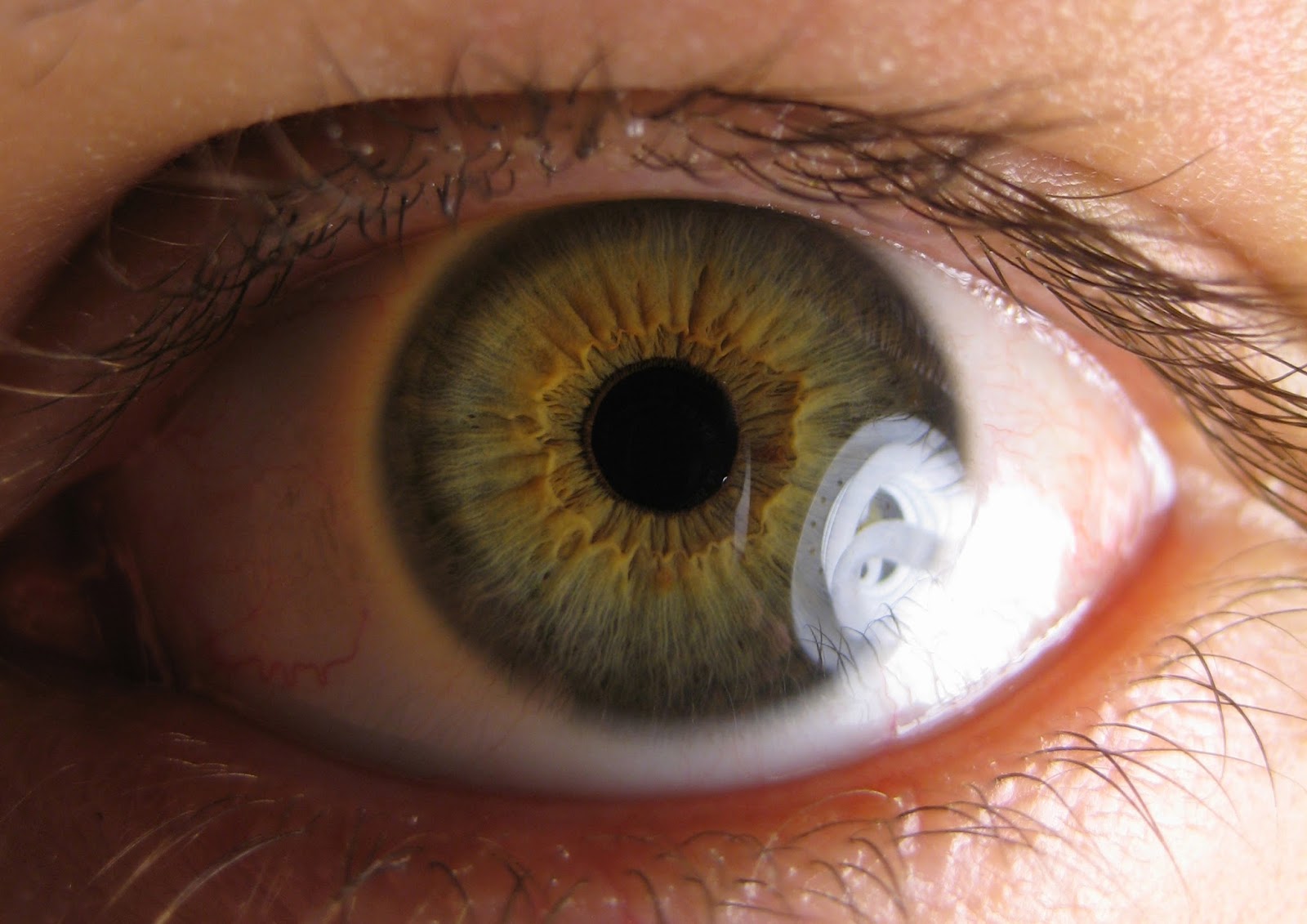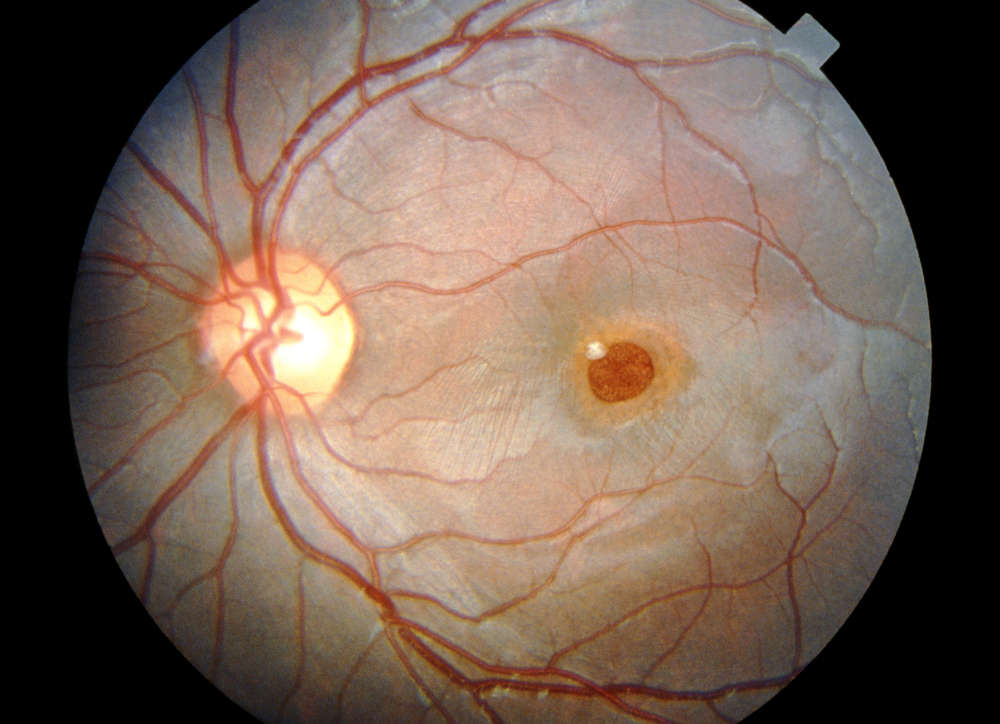What is Eclipse?
Solar Eclipse Time in Nepal: June 21, 2020
As per the reports of a science portal, the Solar Eclipse in Nepal will last for approximately 3 hours and 30 minutes. It will commence at 10:53 am and will last until 2:24 pm. Here is what will happen during the Solar Eclipse in Nepal.
- The partial eclipse will begin at 10:53 am, with the moon touching the sun’s edge.
- At 12:41 pm the moon will be closest to the centre of the sun. Hence, this will be the point of maximum eclipse.
- At 2:24 pm, the moon will leave the sun’s edge. Therefore, ending the partial eclipse.
Misconceptions about the eclipse:
Sun emits Extra radiations during the eclipse:
In certain conditions, the outer layers or epithelium of cornea (an outermost transparent portion of eyes) might peel off due to longer solar exposure which later heals by itself without any residual effects. It, however, causes pain until complete recovery.
What to do and what not to?
The safest way is to make a DIY project of pinhole projector. Make a hole in a paper and let the light fall on the paper placed on the ground. (Not to be confused with looking eclipse with pinhole). Recorded videos can be watched.
How to View a Solar Eclipse Safely
-
Have certification information with a designated ISO 12312-2 international standard
-
Have the manufacturer’s name and address printed somewhere on the product
-
Not be used if they are older than three years, or have scratched or wrinkled lenses
-
Not use homemade filters
-
Ordinary sunglasses — even very dark ones — should not be used as a replacement for eclipse viewing glasses or handheld solar viewers
How not to watch a solar eclipse?
Eye symptoms that can occur from looking at a solar eclipse without proper eye protection:
- Loss of central vision (solar retinopathy)
- Distorted vision
- Altered colour vision
What if you see blur after you look at the eclipse?
- National Aeronautics Space Administration, American Academy of Ophthalmology.
- https://www.nasa.gov/press-release/nasa-recommends-safety-tips-to-view-the-august-solar-eclipse
- https://preventblindness.org/solar-eclipse-and-your-eyes






